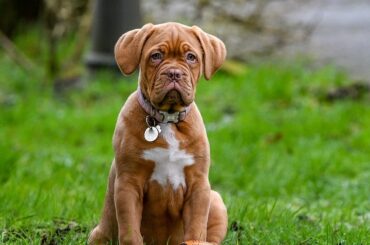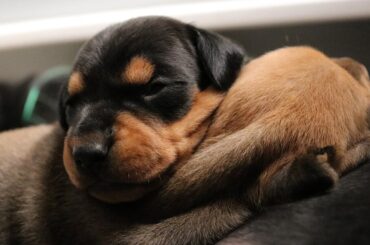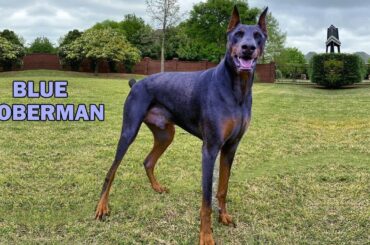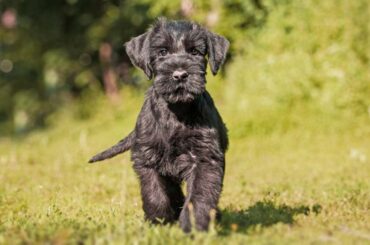Few things in life are as heartwarming and endearing as a litter of Spanish Mastiff Puppies. These little fur-balls are not just a sight to behold but represent the future of one of the world’s most majestic and noble breeds. With their boundless curiosity, unwavering loyalty, and a charm that’s impossible to resist, Spanish Mastiff puppies are not your ordinary canine companions.
In this article, we embark on a journey into the captivating world of Spanish Mastiff puppies. From their origins and distinctive characteristics to their development and care, we’ll explore what makes these adorable pups so special. Whether you’re a prospective Spanish Mastiff owner, a dog enthusiast, or simply looking for some heartwarming puppy content, join us as we delve into the delightful realm of Spanish Mastiff puppies. Get ready to be charmed, educated, and inspired by these gentle giants in the making.
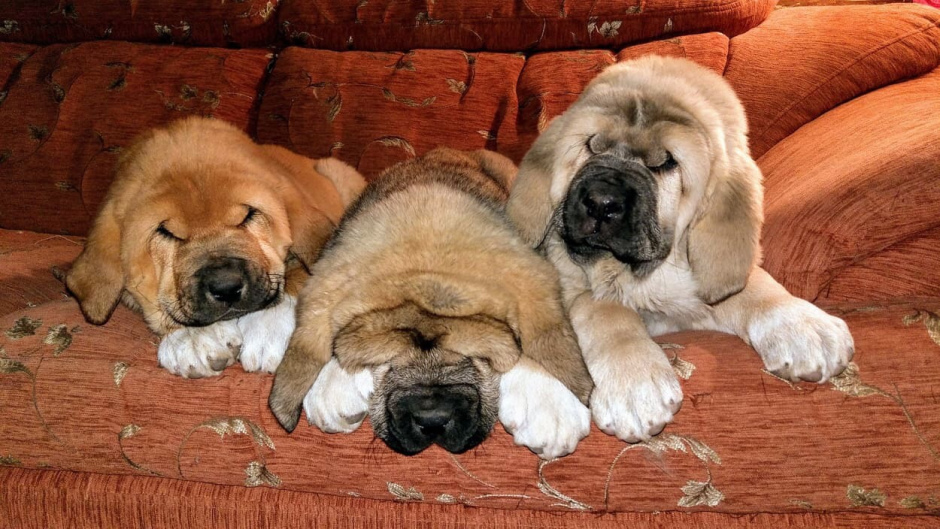
Table of Contents
Spanish Mastiff Puppies Origin
With a centuries-long heritage, the Spanish Mastiff is a breed renowned for its imposing bulk and kind disposition. Spanish Mastiff Puppies originated on the Iberian Peninsula, where for many years the breed was essential to Spain’s rural landscapes and livestock management.
These magnificent canines are thought to be descended from Molossian dogs, which were employed as herders and guards by numerous ancient societies. The Spanish Mastiff breed changed over time to meet the demands of its unique environment as Spain’s topography changed.
Traditionally, the breed’s main function has been to protect livestock. Spanish Mastiff Puppies are tasked with the duty of defending livestock, especially sheep, against wolves and bears. They were ideally suited for this job because of their enormous size, power, and protective nature.
The pastoral lifestyle of the Spanish countryside is closely linked to the Spanish Mastiff’s background. These canines have a long history of being an essential component of farming and herding communities in the rural areas of Spain. These canines accompanied farmers and shepherds in addition to safeguarding cattle from harm.
Spanish Mastiff Puppies have been admired for their bravery, loyalty, and capacity to endure the hard life in rural Spain throughout history. They were cherished members of the family they looked after in addition to being guardians.
Spanish Mastiff Puppies Size
Spanish Mastiff Puppies, like their adult counterparts, are known for their impressive size. They are a giant breed, and their size can be quite remarkable.
Overview of Spanish Mastiff Puppies Size
Birth Size
Spanish Mastiff Puppies are already relatively large at birth compared to many other breeds. Newborn Spanish Mastiff Puppies typically weigh around 1 to 2 pounds (0.45 to 0.9 kilograms) and are around 12 inches (30 centimeters) in length.
Growth Rate
Spanish Mastiff Puppies grow quickly during their first few months. They gain weight rapidly, and their growth rate is quite noticeable. It’s essential to provide them with proper nutrition and care during this critical developmental stage.
Adult Size
When fully grown, Spanish Mastiffs are one of the largest dog breeds in the world. Adult males typically stand between 28 to 35 inches (71 to 89 centimeters) at the shoulder and weigh between 140 to 220 pounds (64 to 100 kilograms) or even more. Adult females are slightly smaller, standing between 26 to 32 inches (66 to 81 centimeters) and weighing between 100 to 170 pounds (45 to 77 kilograms).

Spanish Mastiff Puppies Coat
Spanish Mastiff Puppies have a double coat, consisting of a dense, insulating undercoat and a longer, coarser outer coat. It is of medium length, but it may appear slightly longer on the neck, chest, and tail areas. The outer coat of a Spanish Mastiff is straight, coarse, and slightly rough to the touch. It serves as protection against harsh weather and potential predators.
The most common coat color for Spanish Mastiffs is fawn, which ranges from pale to a deep, rich fawn color. They can also be seen in brindle patterns, which are fawn with black stripes or markings. Some Spanish Mastiff Puppies may have a black mask on their face.
Spanish Mastiff Puppies were traditionally used as livestock guardians in the Spanish countryside, so their coat is designed to withstand various weather conditions. It provides insulation in cold weather and keeps them cool in warmer temperatures.
Like many double-coated breeds, Spanish Mastiff Puppies shed seasonally. They tend to have heavier shedding during the change of seasons, especially in the spring and fall.
Temperament And Personality
Spanish Mastiff Puppies share many of the same temperament and personality traits as their adult counterparts but may exhibit some differences due to their age and developmental stage. They are known for their playful and affectionate nature, and they exhibit loyalty and protectiveness even from a young age.
Spanish Mastiff Puppies are intelligent and can sometimes exhibit a stubborn streak. Positive reinforcement training methods work best with them. They are not overly hyperactive. Their energy level is relatively moderate compared to some other puppy breeds. They enjoy a balance of play and relaxation.
Spanish Mastiff Puppies tend to be family-oriented. They often form strong attachments to their human family members and may be protective of them.
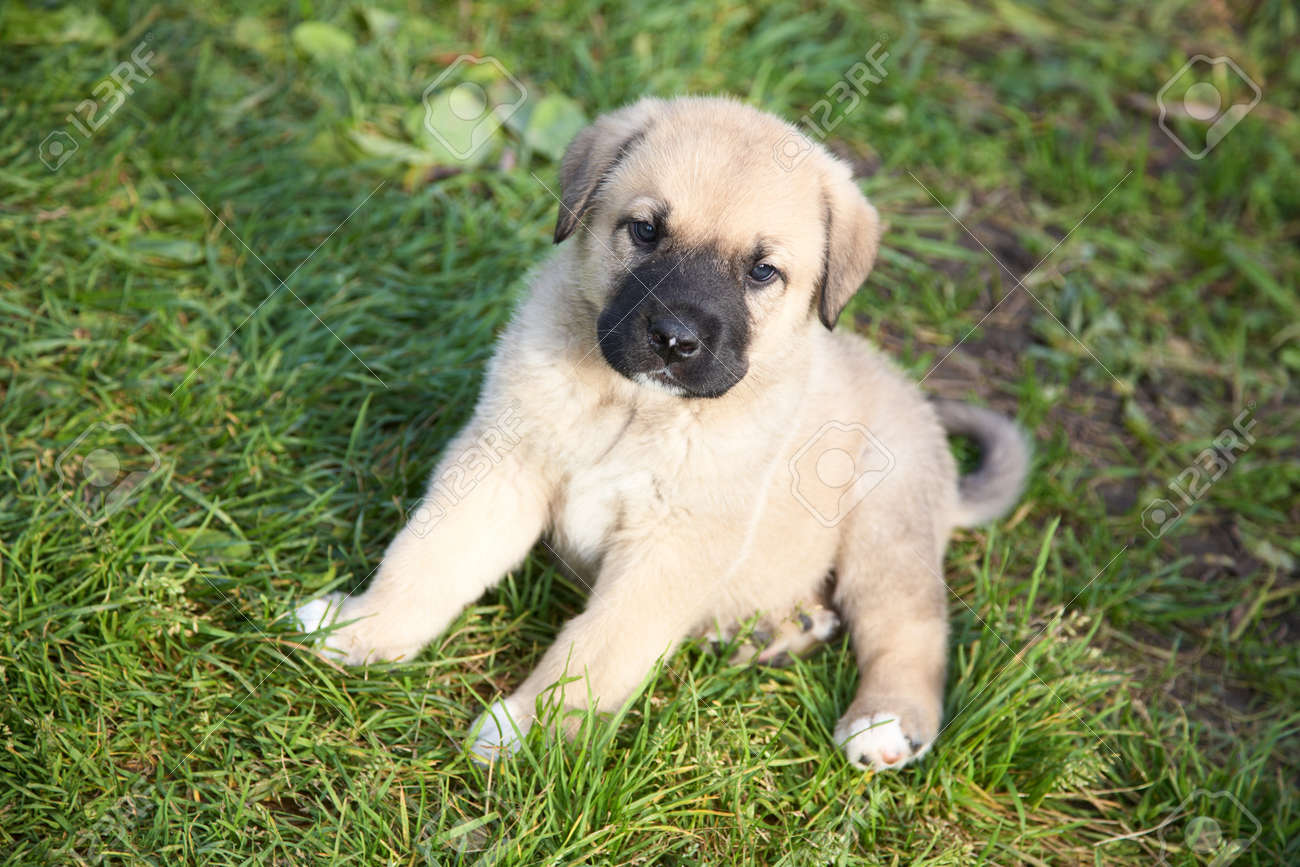
Spanish Mastiff Puppies Feeding
Feeding Spanish Mastiff Puppies requires attention to their unique needs as a large breed dog. Select a high-quality, commercial puppy food that is specifically formulated for large and giant breed puppies. Look for a product that meets the nutritional requirements of large, fast-growing dogs. You should follow a regular feeding plan and feed your pet in little increments throughout the day rather than two or three large meals because they might try to eat too rapidly or overindulge. Also, restrict how many sweets they receive.
Keep a close eye on your puppy’s growth rate. Spanish Mastiff Puppies are prone to skeletal and joint issues, so it’s important to ensure they grow at a steady, controlled pace. Your veterinarian can help you monitor this and adjust the feeding plan as needed.
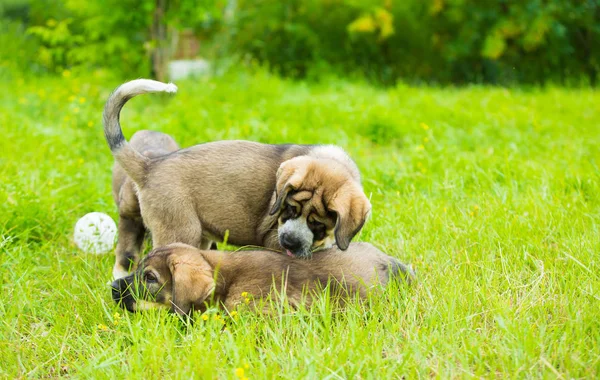
Health Consideration And Life Span
The health and lifespan of a Spanish Mastiff, like any breed, can vary depending on various factors, including genetics, diet, exercise, and healthcare. Spanish Mastiff Puppies are one of the breeds at risk for gastric torsion, also known as bloat. This is a life-threatening condition where the stomach fills with gas and twists on itself. It’s important to monitor their feeding habits and avoid excessive exercise after meals to reduce the risk.
Spanish Mastiff Puppies are also prone to hip and elbow dysplasia, obesity, entropion and heart conditions.
The average lifespan of a Spanish Mastiff is typically between 10 to 12 years. Proper care, including a balanced diet, regular exercise, routine veterinary check-ups, and a comfortable living environment, can contribute to a longer and healthier life for your Spanish Mastiff.
Spanish Mastiff Puppies Care
Exercise
Make time each day to exercise your puppy for at least an hour. Hikes, walks, and intense games of fetch are all excellent pastimes. Additionally, mentally stimulating puzzle toys can benefit your dog. and help your Spanish Mastiff Puppies build muscle and maintain a healthy weight. However, avoid overexertion, especially during their rapid growth phase.
This large breed would love to spend some time running about in a safely gated area without a leash. However, the breed might not be a good fit for dog parks because it doesn’t always get along with other dogs.
Grooming
Brush your puppies’ coat regularly to manage shedding and prevent matting. Pay attention to their ears, eyes, and paw pads for cleanliness and potential issues.
In addition, bathe your dog every month or so, depending on how dirty it gets. Spanish mastiffs tend to drool a lot. So it’s a good idea to keep a drool cloth nearby, and be sure to keep the skin folds around your dog’s neck clean and dry. Trim your their nails before they become too long, usually once or twice per month. Your groomer can help with this.
Training
Start socializing and teaching your Spanish mastiff when it is still a puppy. They are intelligent but can be independent thinkers, so consistent and positive reinforcement-based training is essential. Because of its size, an adult Spanish mastiff with bad manners can be very challenging to handle. Teaching basic instructions and manners to a puppy class is a terrific way to start. Maintain engaging and dynamic training sessions, and always employ positive-reinforcement training techniques.
Additionally, from a young age, try to introduce your Spanish mastiff to a range of individuals and other dogs. Your puppy is less likely to perceive strangers as threats the more positive encounters it has had.
Conclusion
In conclusion, Spanish Mastiff Puppies are the embodiment of charm, loyalty, and potential. These gentle giants, with their impressive size and affectionate nature, make for remarkable canine companions. Their origin as protective livestock guardians in the rural landscapes of Spain has endowed them with unique traits and a rich history.
READ ALSO
- Redbone Coonhound Puppies: A Complete Guide to Raising the Perfect Hunting Companion in 2023
- Lagotto Romagnolo Puppies for Sale: The Perfect Addition to Your Family in 2023
- American Bulldog Puppies For Sale: Find Your New Best Friend
- Pit Bull Puppies: 5 Awesome Physical Features, Traits & Facts
FAQs
What is the lifespan of a Spanish Mastiff?
10 to 12 years
Are Spanish mastiffs aggressive?
Spanish Mastiffs are generally good with children and other pets, but it is important to supervise them closely at all times. They can be territorial and aggressive towards strangers, so it is important to socialize them early and teach them basic obedience commands.
Do Spanish mastiffs bark a lot?
Spanish Mastiffs are also known for their low bark. They tend to only bark when they have something important to say, such as when they sense a threat or when they want to get their owner’s attention.

